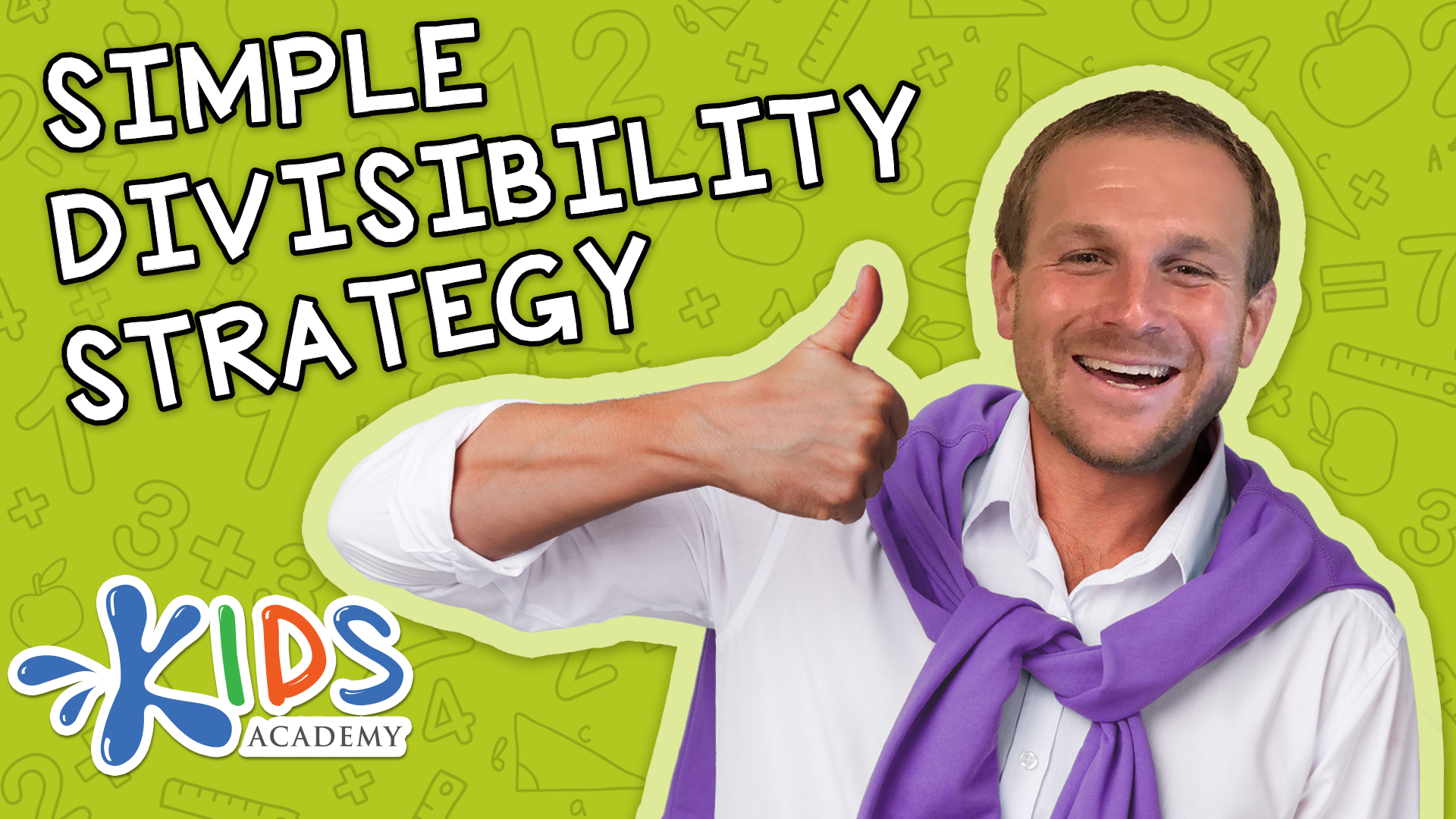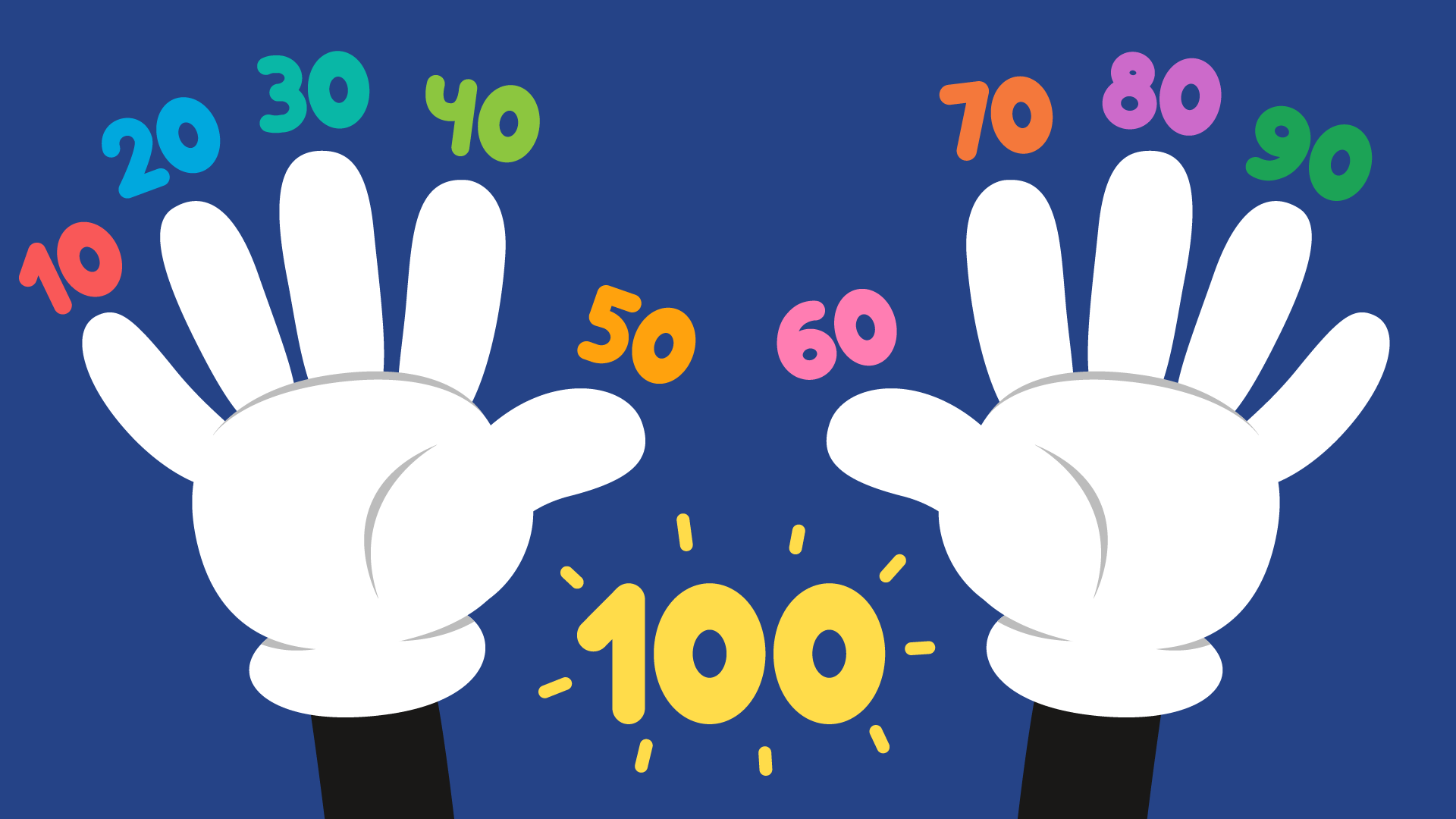Color recognition Numbers Worksheets for Ages 6-8
17 filtered results
-
From - To
Unlock the vibrant world of numbers with our "Color Recognition Numbers Worksheets" for ages 6-8! Designed to blend numerical learning with fun, these worksheets help children practice number identification and color recognition. Through engaging activities, kids enhance fine motor skills, pattern recognition, and cognitive development. Crafted by educational experts, each printable worksheet encourages independent learning and creativity. Perfect for both classroom and at-home learning, our worksheets make math an adventurous journey. Fuel your child's curiosity and watch them thrive with confidence as they explore, learn, and master numbers in a colorful, enjoyable way!
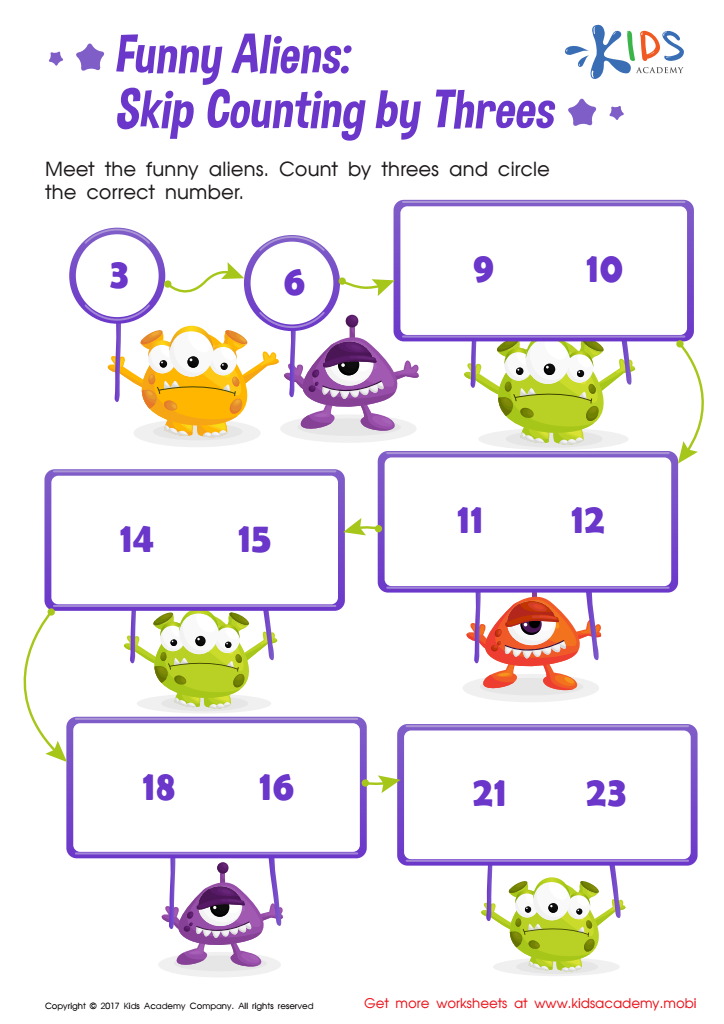

Skip Counting by 3s: Funny Aliens Printable
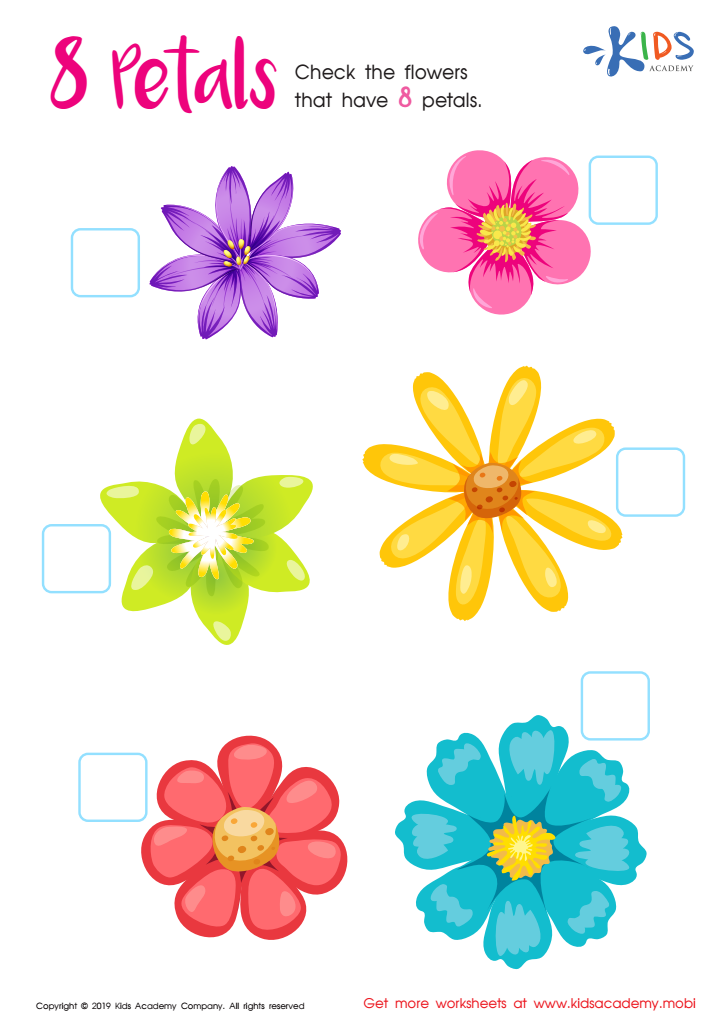

8 Petals Worksheet
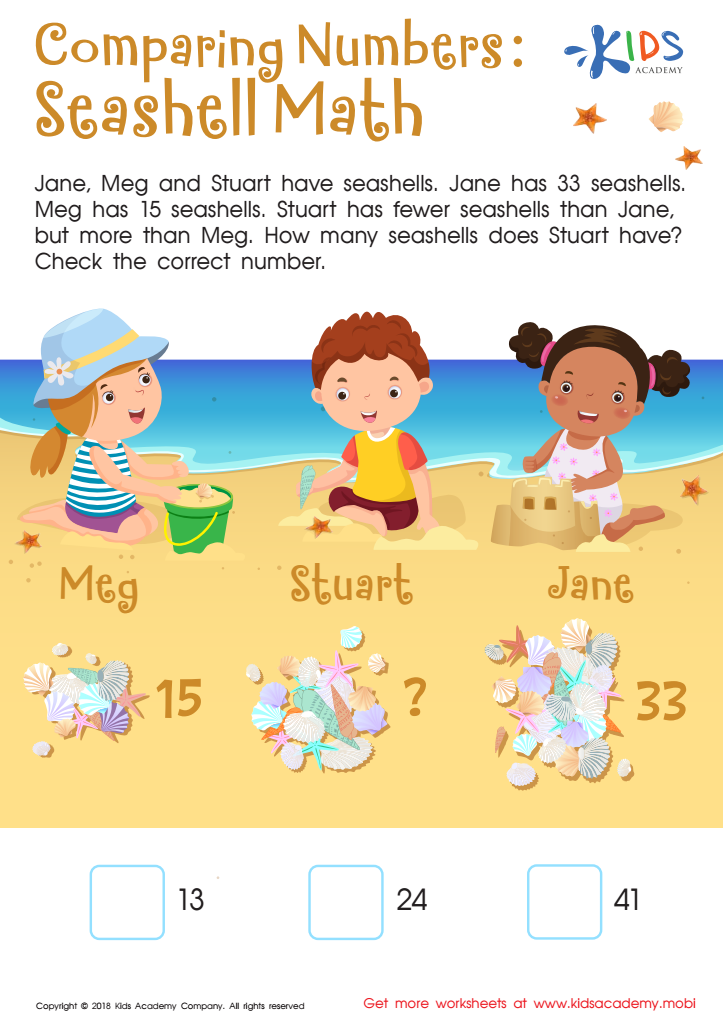

Seashell Collectors Worksheet


Fruity Array Quest Worksheet
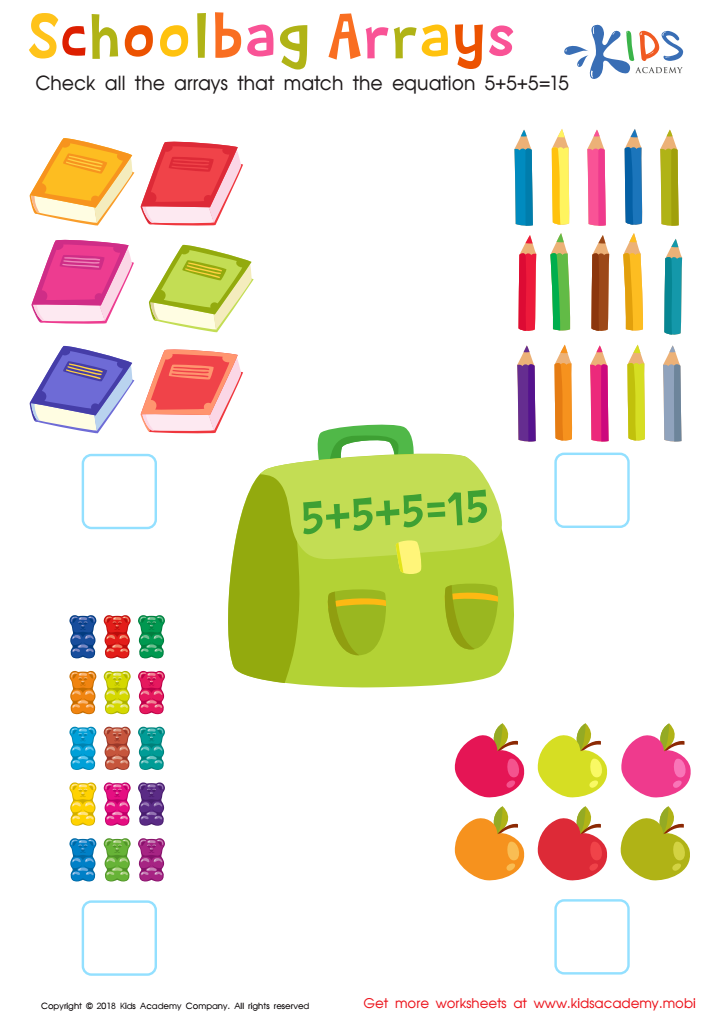

Schoolbag Arrays Worksheet


Party Arrays Worksheet
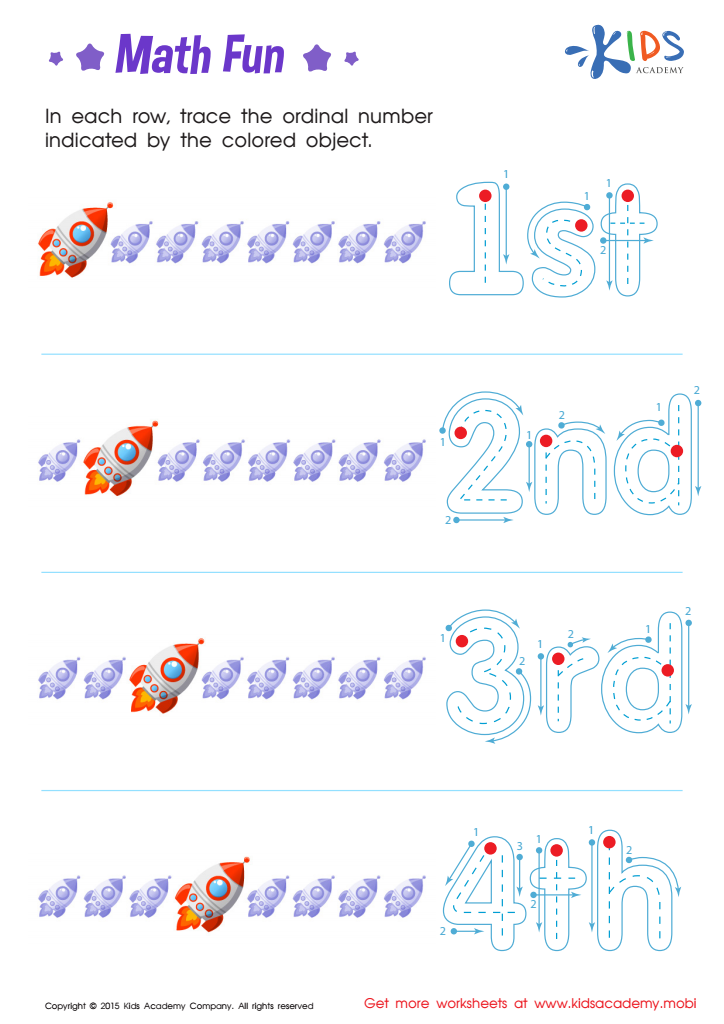

Ordinal Numbers: Math Fun Worksheet
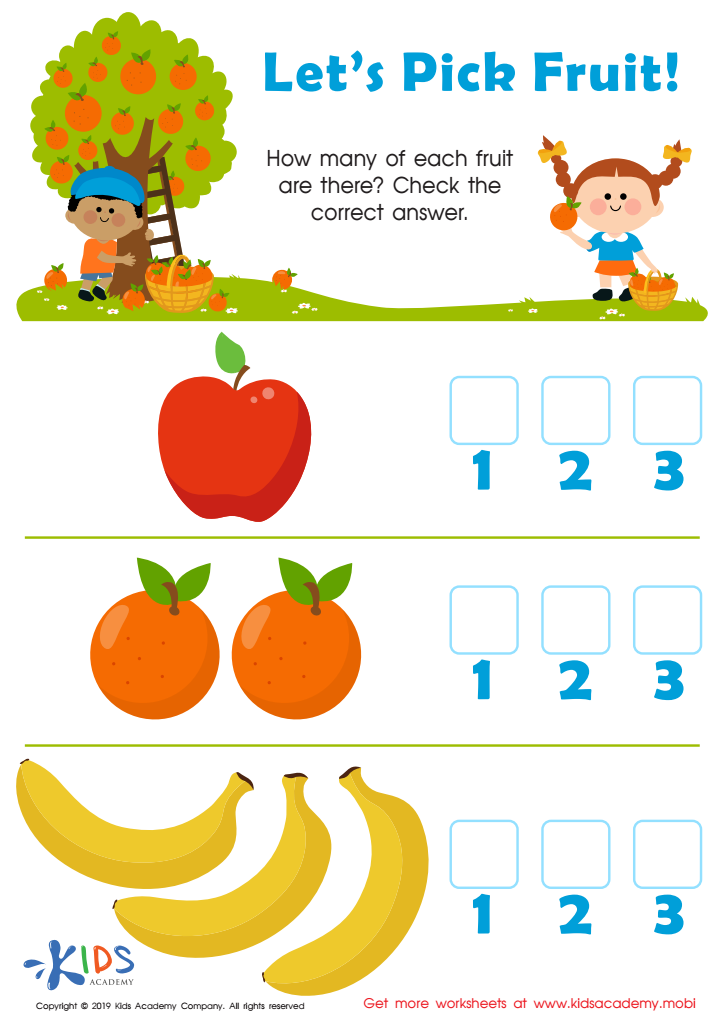

Let's Pick Fruit Worksheet
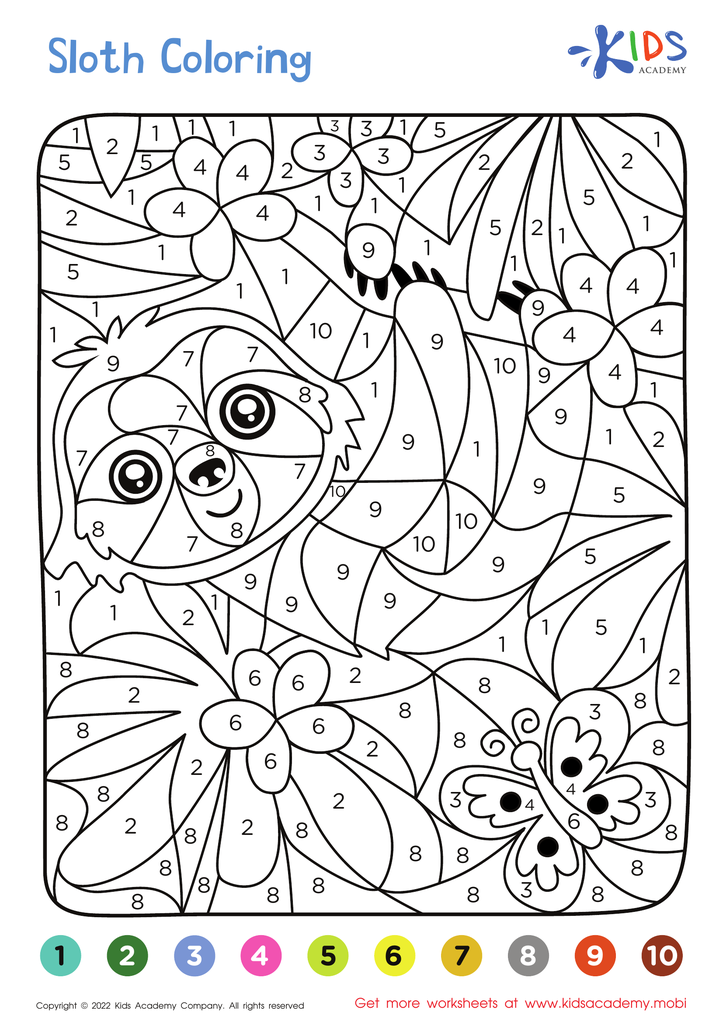

Sloth – Coloring by Numbers
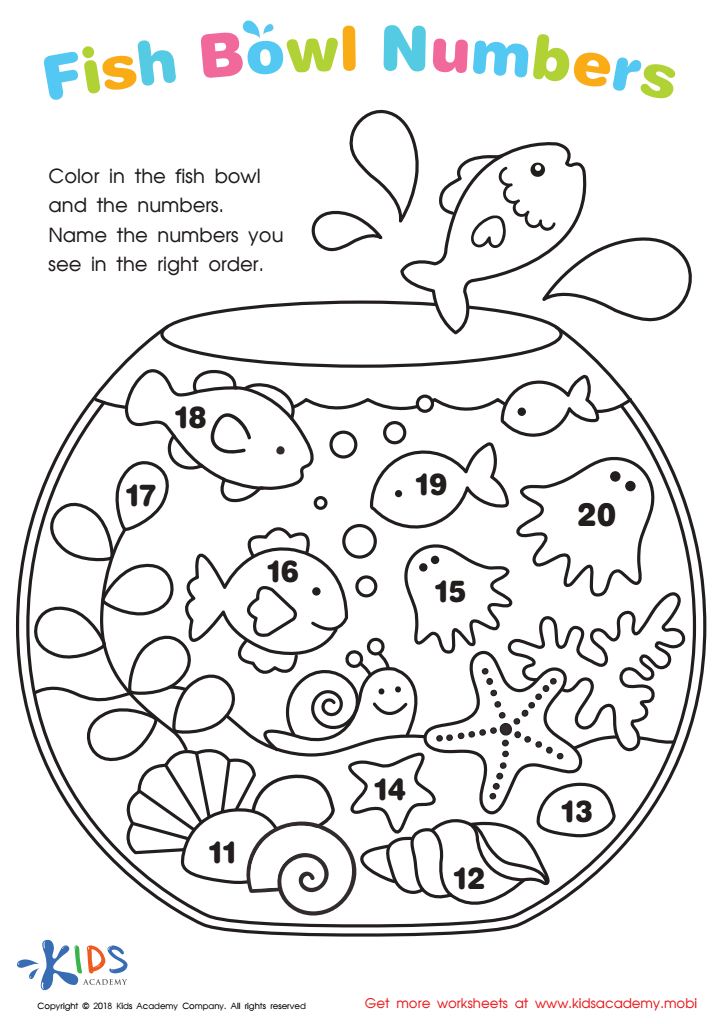

Fish Bowl Numbers Worksheet
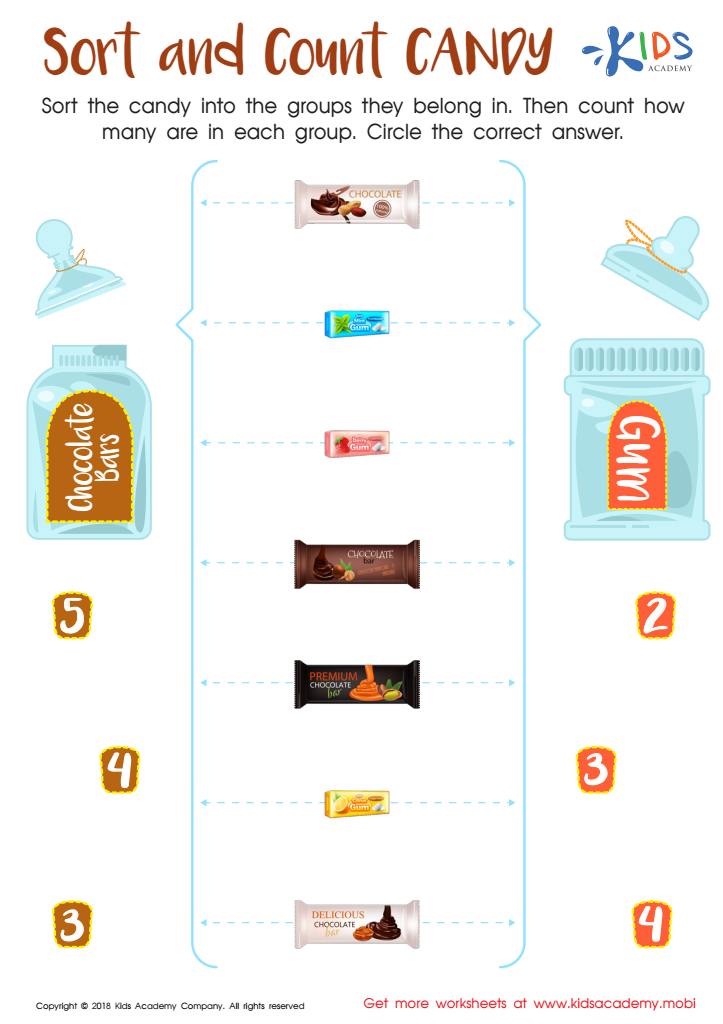

Sort and Count Candy Worksheet
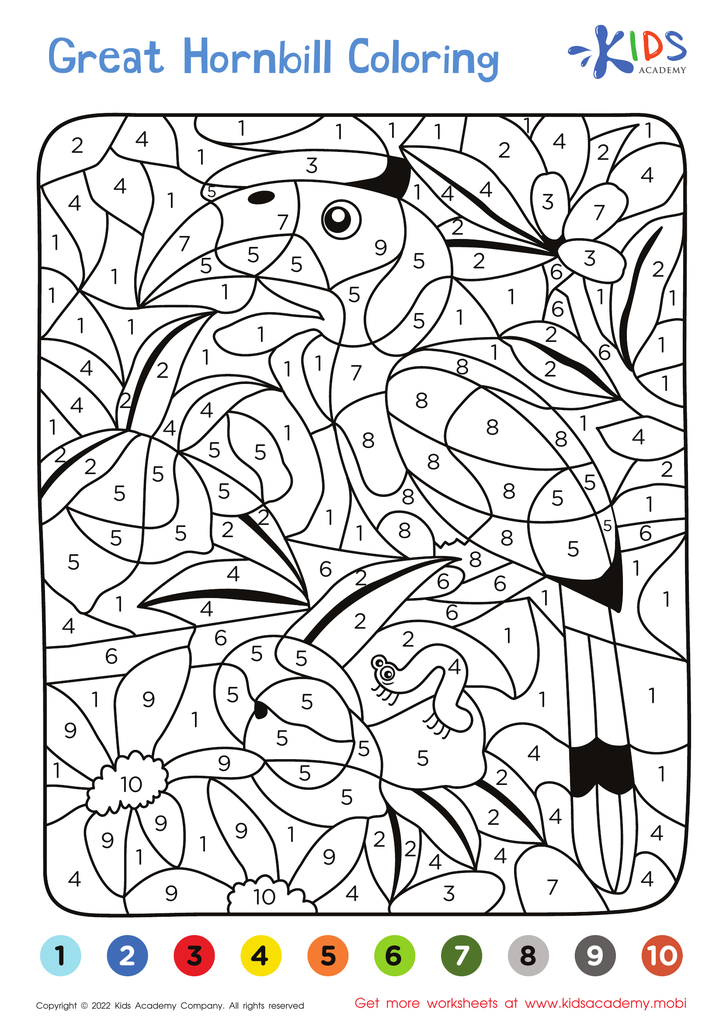

Great Hornbill – Coloring by Numbers


In the Treetops – Coloring Page


Twinkle, Twinkle, Little Star – Coloring by Numbers
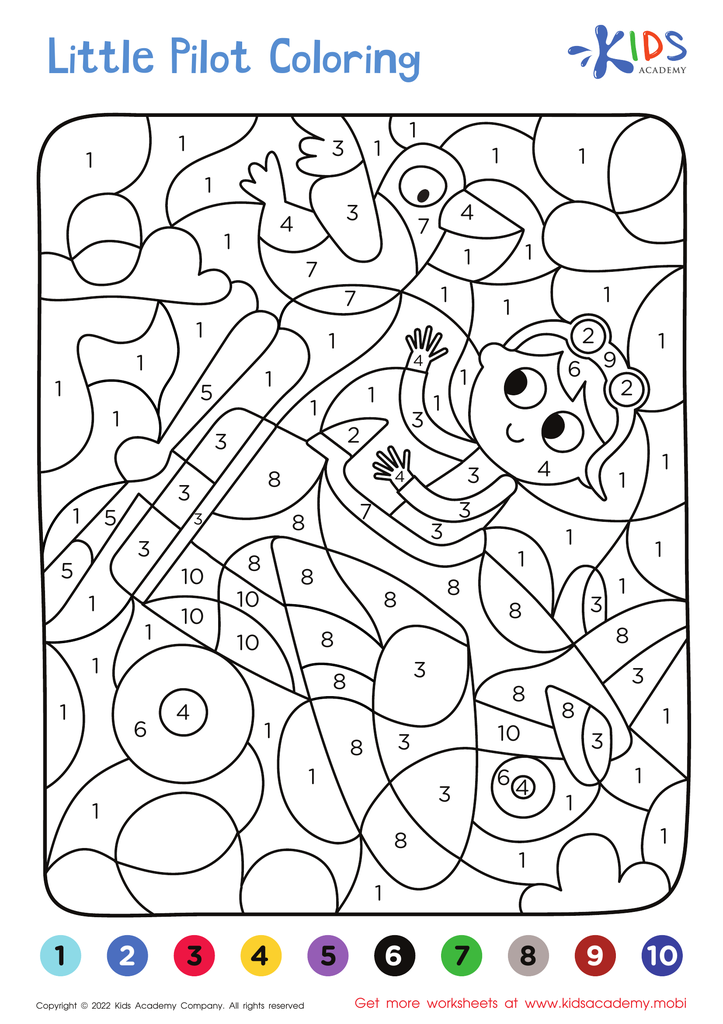

Little Pilot – Coloring by Numbers
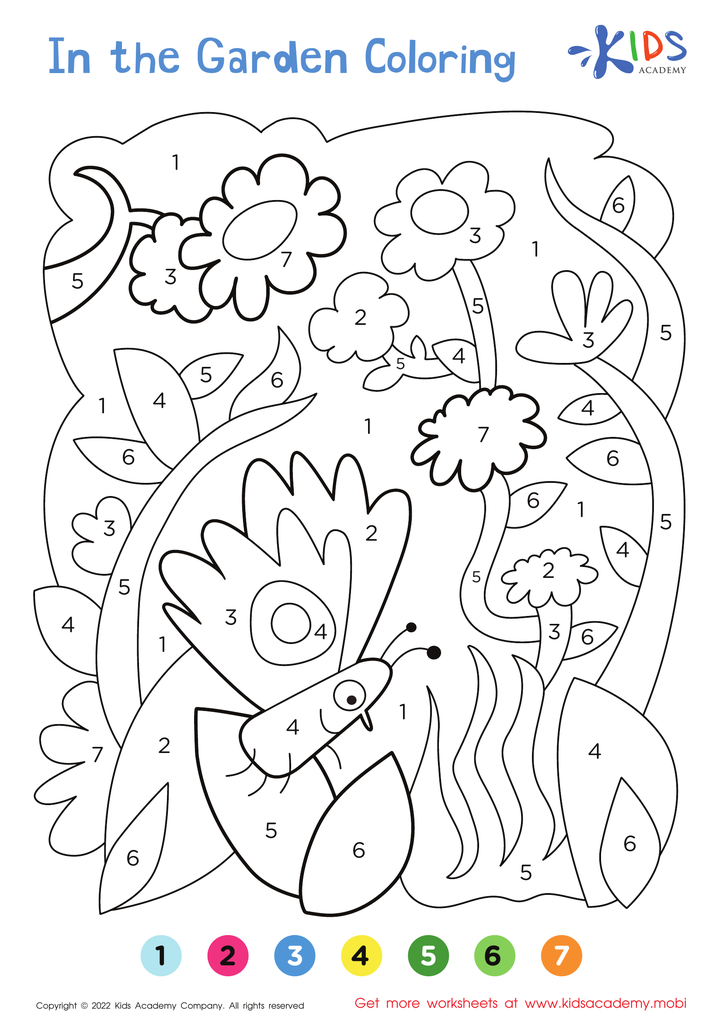

In the Garden – Coloring by Numbers
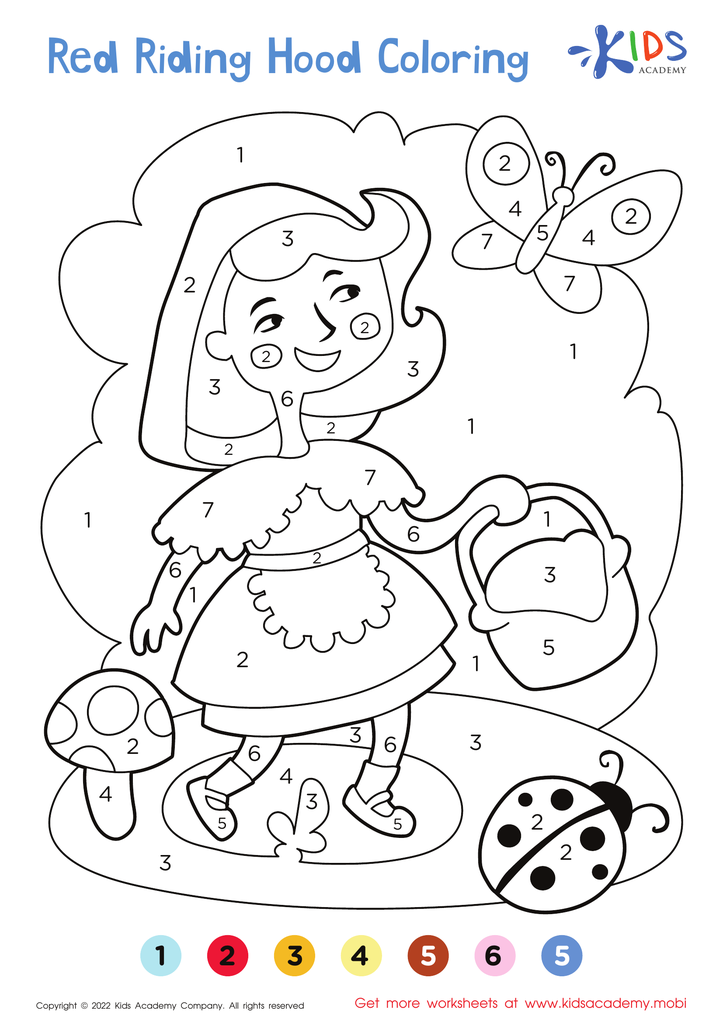

Little Red Riding Hood – Coloring by Numbers
Color recognition is essential for children's development, especially for ages 6-8, a critical period for foundational learning. It goes beyond identifying colors; it enhances cognitive and sensory skills. Recognizing colors helps children in sorting and categorizing, which are fundamental skills in math and science.
Introducing color recognition numbers combines visual stimulation with numerical learning. When children associate numbers with colors, it aids memory retention. For example, if the number 5 is always orange, a child may remember this number quicker compared to a non-colored association. This multi-sensory approach to learning helps children who might struggle with traditional methods.
Moreover, color-coded numbers stimulate interest and engagement. Colors can make learning more enjoyable, reducing resistance and frustration. They also support art and creativity, benefiting children's overall cognitive development.
For educators and parents, focusing on color recognition numbers fosters an inclusive learning environment. Different children have varied learning styles – visual, auditory, or kinesthetic – and color-coded numbers cater primarily to visual learners, who might otherwise be left behind with standard black-and-white text education.
In summary, color recognition numbers are a valuable teaching tool that supports cognitive development, memory retention, and engagement in young learners, making it a crucial element for parents and teachers to emphasize.
 Assign to My Students
Assign to My Students





